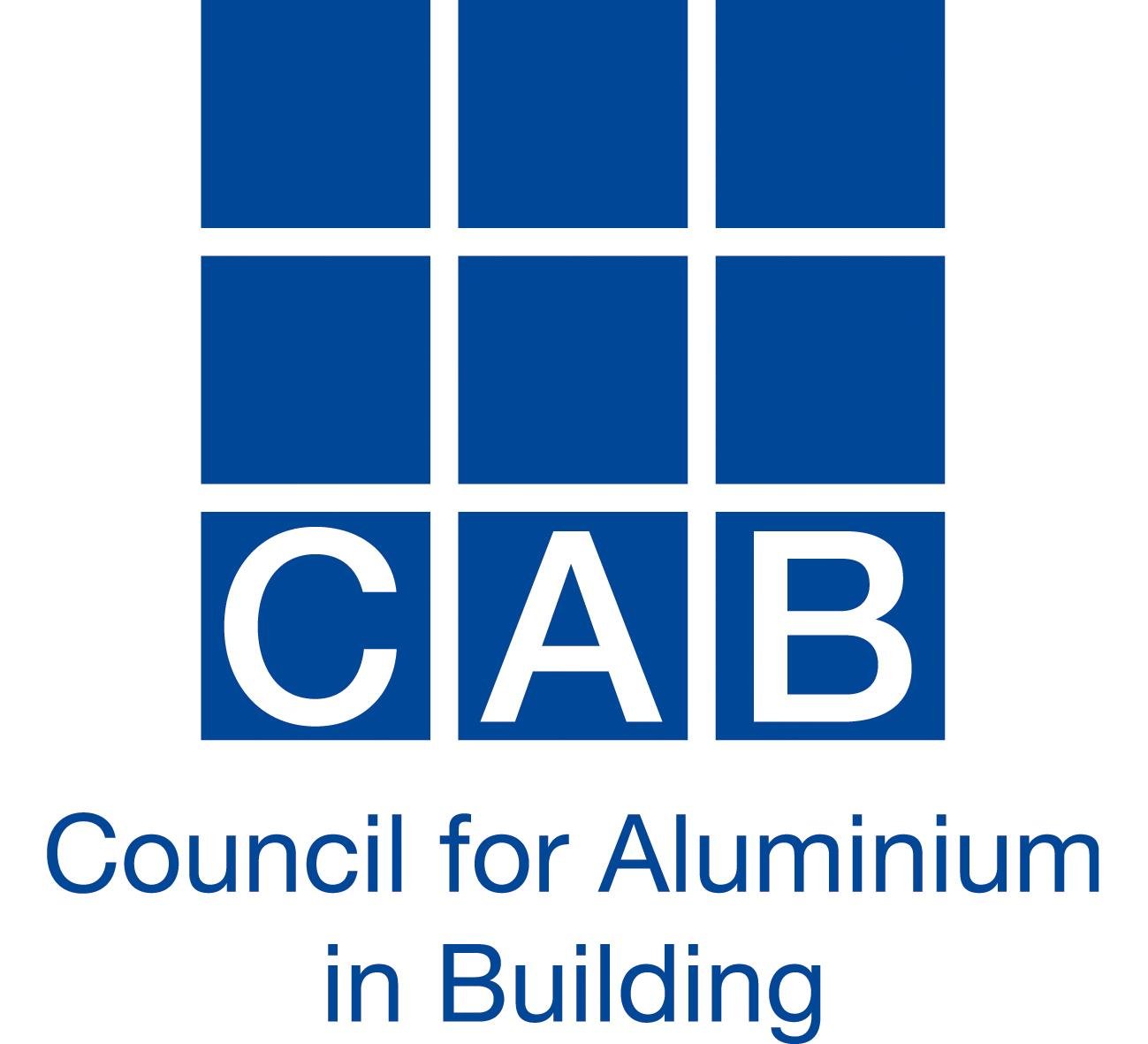Aluminium’s Thermal Credentials
There are some that think aluminium framed windows will not be able to meet the thermal demands of the upcoming changes to Document L of the building regulations. Whilst it’s fair to say that the proposed changes in 2025 do pose a challenge, not just for aluminium, membership feedback at our recent Spring Forum confirms that our systems company members are already prepared.
So why make windows out of aluminium when the material clearly has no thermal insulation characteristics of its own?
Aluminium is virtually 100% recyclable, not just once but many times over. Since its commercial availability in the 1880’s, 75% of all aluminium produced is still in active service today. The current scrap value of aluminium is almost that of new aluminium as the material is in such demand, indeed there is only enough scrap aluminium available to meet 50% of our current needs for the material. Aluminium alloy can be provided in a wide range of ‘grades’ which offer unique characteristics for a wide range of uses in transport and packaging as well as in construction.
Structurally, aluminium in 6060 or 6063 grade offers a high strength to weight ratio, allowing for slim frame profiles to be utilised whilst ensuring a high visible glass to frame ratio. This is achieved without additional structural components being added to the material.
Together with its recyclability credentials and its structural capabilities, a further consideration in its use in fenestration is the surface finish that it can carry. Anodised or powder coated, these finishes are some of the most sustainable finishes that can be applied to any architectural products, often lasting the lifetime of the building itself. No wonder other fenestration materials can be seen using an external skin of aluminium in order to take advantage of these capabilities.
So, to thermal insulation, how is this achieved?
Clearly a ‘thermal break’ is needed within the aluminium profile to introduce a thermally efficient frame design, this is achieved basically in two ways, a ‘pour and set’ or a ‘roll-in profile’. The majority of thermal breaks used today are profiles of polyamide, a glass reinforced nylon, these offer excellent structural rigidity combined with thermal efficiency. There are also various polyurethane ‘pour and set’ systems in use as well, which offer excellent thermal characteristics.
Possibly the highest frame U values that can be achieved are tested and recorded by the independent Passivhaus Institute. Aluminium systems are shown on their website achieving frame U value as low as 0.7 using polyamide thermal breaks, clearly demonstrating that aluminium profiles can achieve excellent thermal insulation characteristics. Whilst these systems seem extreme for this years’ changes to Document L, they do demonstrate what is achievable as we move towards ‘zero carbon’ homes. Simply put, current aluminium framed systems for use in commercial and residential applications will continue to evolve to meet pending legislation.
Whilst frame insulation is a critical factor in the compliance stakes, cold bridging around the frame to the opening reveal also plays a big part in enabling the installed window to achieve its claimed U value. In fact LETI, (the London Energy Transformation Initiative) state that much of the thermal benefit of fitting a new replacement window can be lost by not considering the likely cold bridging where the window meets the reveal.
It is clear to see that members of the association are working towards the uplift of thermal insulation values for all systems to meet or exceed the requirements of Document L being implemented this year. Installer members are also reviewing their installation methodologies to include improved thermal efficiencies around the reveal by introducing new materials and techniques. As an Association, CAB will continue to support and communicate new methodologies to ensure aluminium remains at the forefront of thermal efficiency in the fenestration market.
Based at the picturesque Bonds’ Mill development in Stonehouse, CAB staff are always on hand during normal working hours to answer any membership, training or technical aluminium fenestration related questions. News and event information is regularly updated on the CAB website at www.c-a-b.org.uk and also in the Association monthly ezine ‘A Window Into Aluminium’ which is free to sign up to. If you are not a member of CAB and wish to learn more about membership, please contact Jessica Dean at the CAB offices by email jessica.dean@c-a-b.org.uk or telephone Jessica at the office on 01453 828851.

